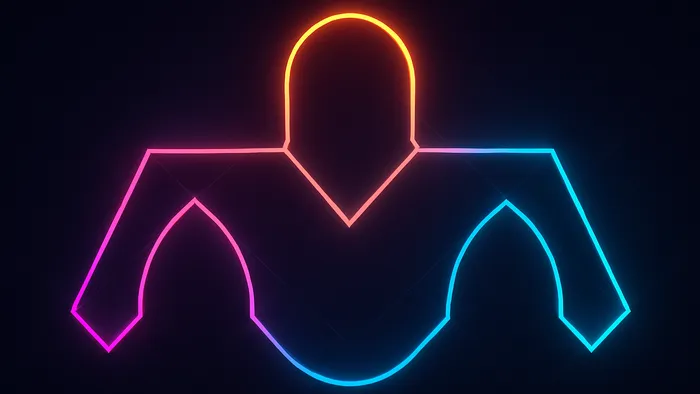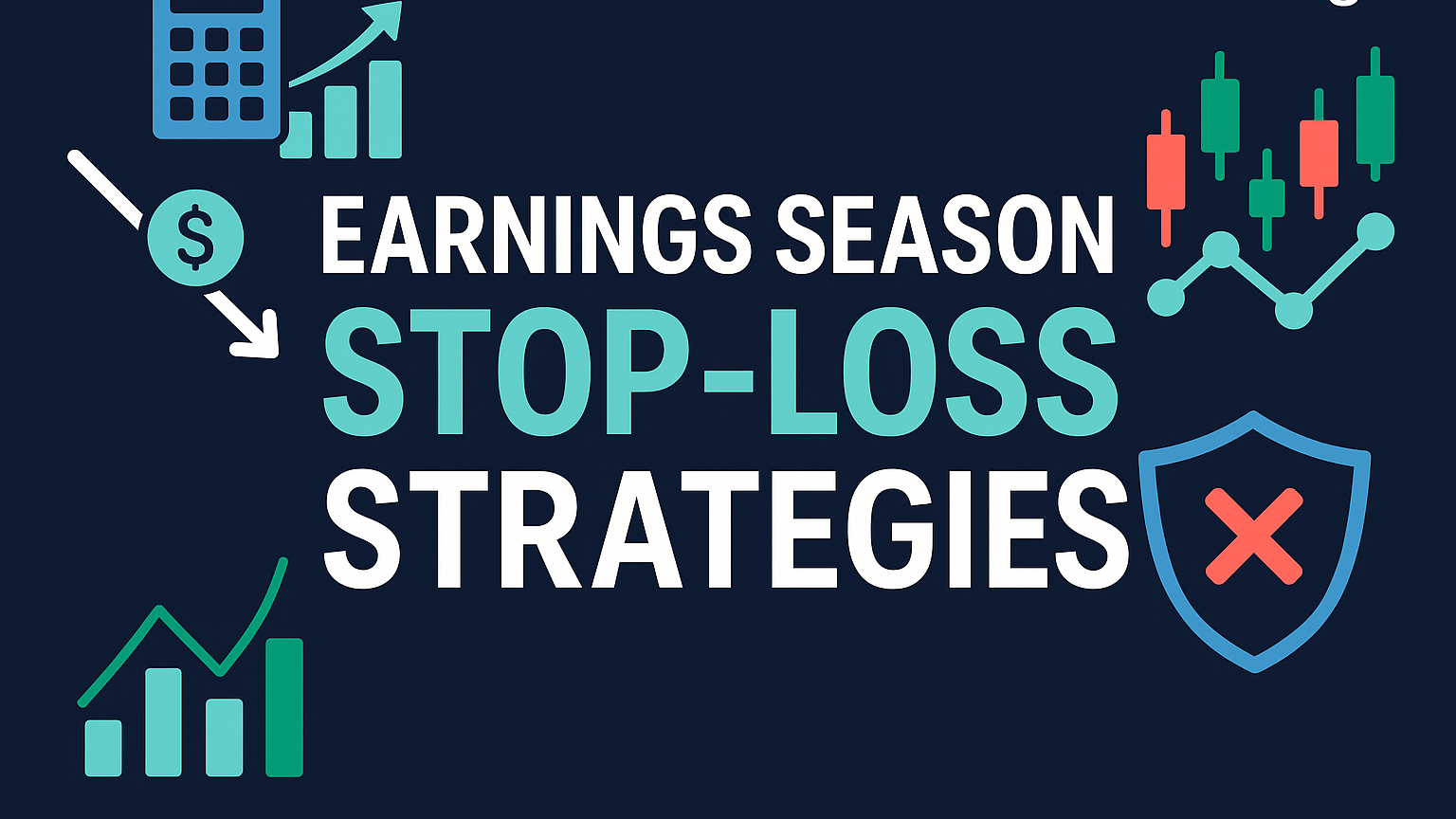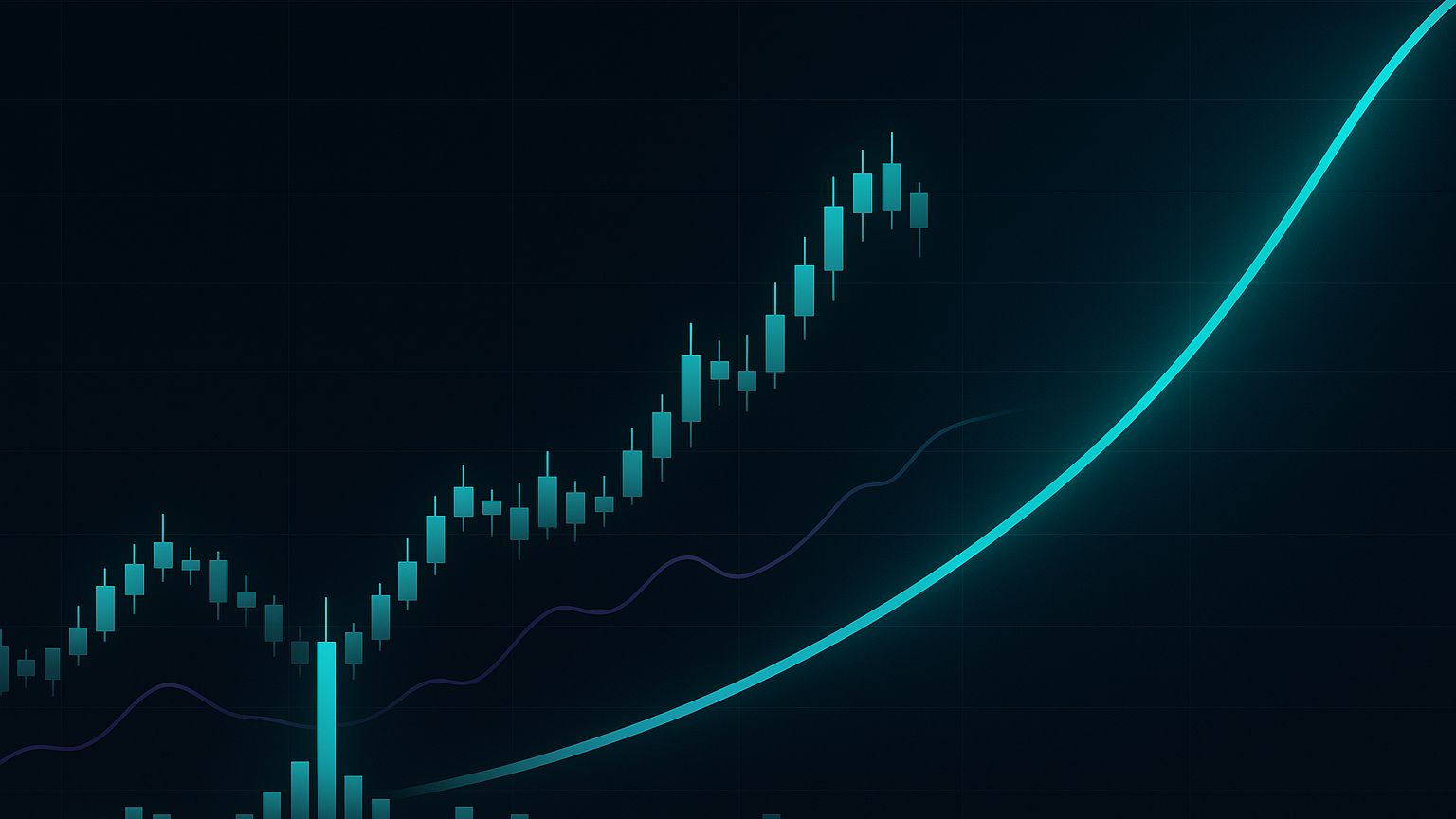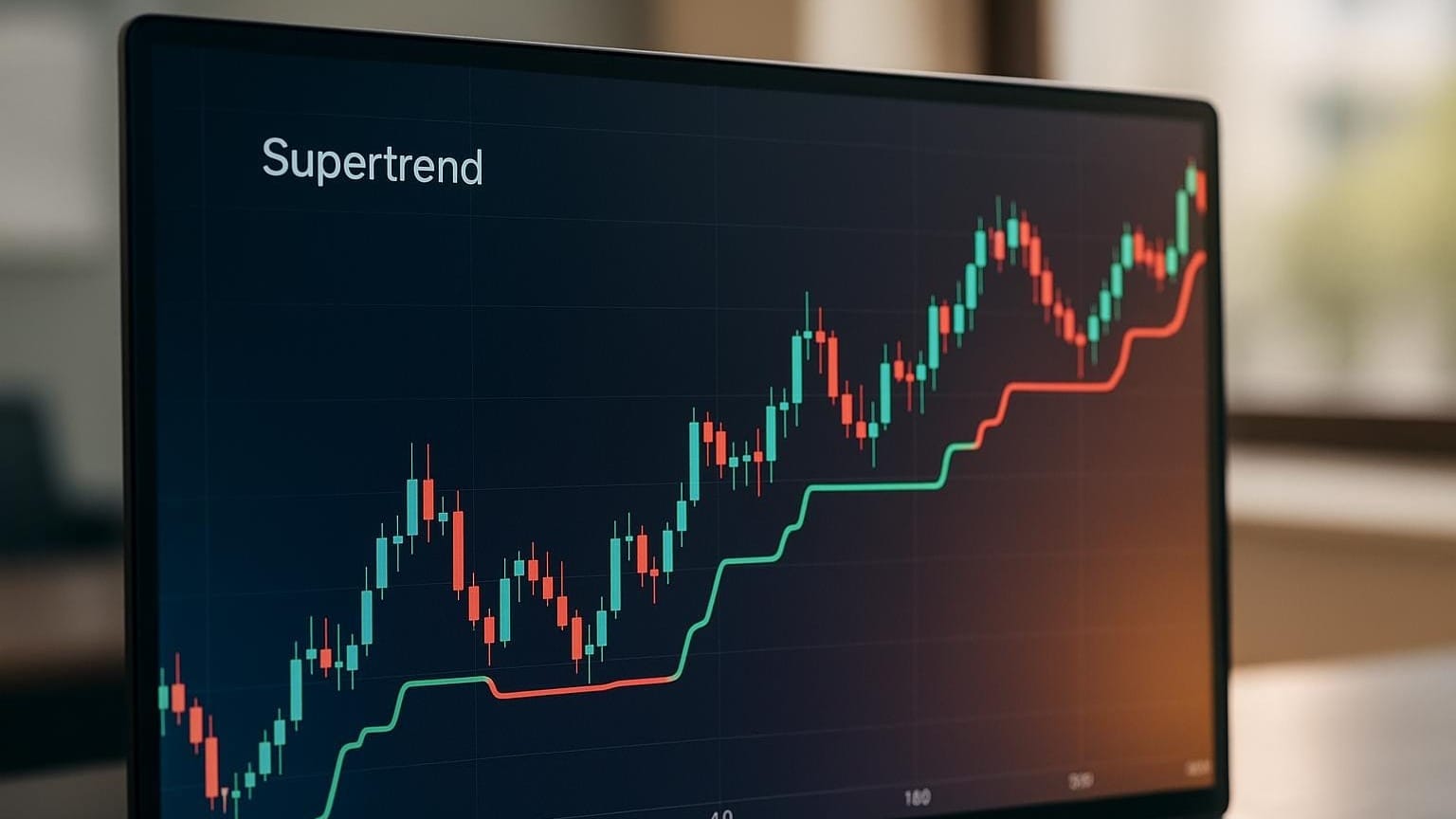Learn how to identify and trade the Inverse Head & Shoulders pattern, a key signal for potential market reversals in trading.
The Inverse Head & Shoulders is a popular bullish reversal pattern that can signal the end of a downtrend and the start of a potential uptrend. Traders can identify this pattern using indicators available in the LuxAlgo Library on TradingView.
- What It Is: A chart pattern with three troughs—a deeper “head” between two shallower “shoulders”—and a “neckline” connecting the peaks.
- Why It Matters: It helps traders spot reversals, offering clear entry points and profit targets based on the pattern’s structure.
- How to Trade It:
- Entry: Buy after the price breaks above the neckline with high volume.
- Targets: Use the vertical distance from the head to the neckline to set profit goals.
- Stop‑Loss: Place below the neckline or the right shoulder for risk management.
- Key Confirmation: Look for volume spikes during the breakout to validate the signal.
This pattern works best when combined with other indicators like RSI or MACD and is most reliable on daily and weekly charts. Use it to improve your trading strategy and identify potential market reversals.
How To Trade The Inverse Head And Shoulders Pattern
Pattern Recognition Steps
To identify an inverse head and shoulders pattern, focus on specific chart characteristics and volume behavior. This method helps traders differentiate it from similar formations, such as triple bottoms or descending triangles.
5 Steps to Spot the Pattern
- Confirm a downtrend: Look for a clear downward price movement. For instance, ABC Corp dropped from $50 to $20 before the pattern emerged.
- Identify the first trough: Spot an initial low followed by a minor recovery. This forms a lower low and high compared to earlier price levels.
- Locate the head: Find the lowest point in the formation. The head should stand out as significantly lower than the shoulders. In ABC Corp’s example, the head formed at $15, while the shoulders were around $20.
- Verify the right shoulder: Look for a second trough higher than the head, aligning with the depth of the left shoulder. In ABC Corp’s case, the right shoulder dipped to around $18.
- Draw the neckline: Connect the peaks after the left shoulder and head. This resistance line should either slope downward or stay horizontal. For ABC Corp, peaks around $25 formed the neckline.
Volume Analysis
Volume plays a critical role in validating the pattern:
“Volume is an important indicator that validates a trend reversal. High volume on the breakout is a sign of strong buying pressure, which confirms the trend reversal. On the other hand, low volume can signal any breakout will be short‑lived.” – CenterPoint Securities
- Decreasing volume during the left shoulder, signaling reduced selling pressure.
- A volume spike at the head, often caused by panic selling.
- Lower volume during the right shoulder compared to the head.
- A sharp increase in volume during the neckline breakout, confirming strong buying momentum.
Trading Methods
Entry Points
There are two common ways to enter a trade:
| Entry Method | Characteristics | Risk Level | Best Used When |
|---|---|---|---|
| Breakout Entry | Enter when the neckline breaks with high volume | Moderate | The pattern is clear and there's strong confirmation |
| Retest Entry | Enter after the neckline is retested as support | Lower | The breakout has already occurred, and you're aiming for better risk-reward |

Price Targets
- Measure the vertical distance from the head to the neckline.
- Add this distance to the breakout point to project your target.
- Adjust for key resistance levels to refine your target.
For example, in August 2021, the Invesco QQQ Trust (QQQ) showed an inverse head and shoulders pattern on a 15‑minute chart. After breaking the neckline at $354.76, the price target was calculated at $370.66 using the head-to-neckline measurement. This target was successfully hit during the August 24 rally.
Position Sizing
- Divide the amount you're willing to risk by the distance to your stop‑loss.
- For instance, with a $100,000 account risking 1% ($1,000) and a $2 per share stop‑loss, your position size would be 500 shares.
To safeguard your capital, place stop‑loss orders slightly below the right shoulder or neckline.
Pattern Examples
Winning Trades
The Invesco QQQ Trust (QQQ) provides a great example of a successful inverse head and shoulders pattern. On a 15‑minute chart, QQQ formed this pattern, and when the price broke above the neckline, traders who entered positions saw notable gains as the target was achieved.
Pattern Failures
Not all setups play out as expected. In February 2021, the QQQ ETF formed an inverse head and shoulders pattern that quickly failed. Although the price initially broke above the neckline, it reversed shortly after, invalidating the bullish outlook.
Market Applications
The inverse head and shoulders pattern works differently across markets and timeframes. For better outcomes, traders should focus on daily and weekly charts, where the pattern tends to be more reliable.
Conclusion
Main Points
The inverse head and shoulders pattern is a strong indicator of a potential trend reversal when confirmed. Success hinges on identifying three main elements: distinct shoulder formations, a clearly defined neckline, and volume confirmation during the breakout. Pair this with additional indicators and sound risk management for better results.
Trading Tips
- Look for symmetrical patterns
- Confirm breakouts with volume spikes
- Cross-check signals across different timeframes
- Aim for a strong risk-reward ratio
Daily and weekly charts tend to provide more reliable signals. You can also combine this pattern with momentum tools like RSI or MACD to strengthen your decisions and reduce the risk of false signals.








